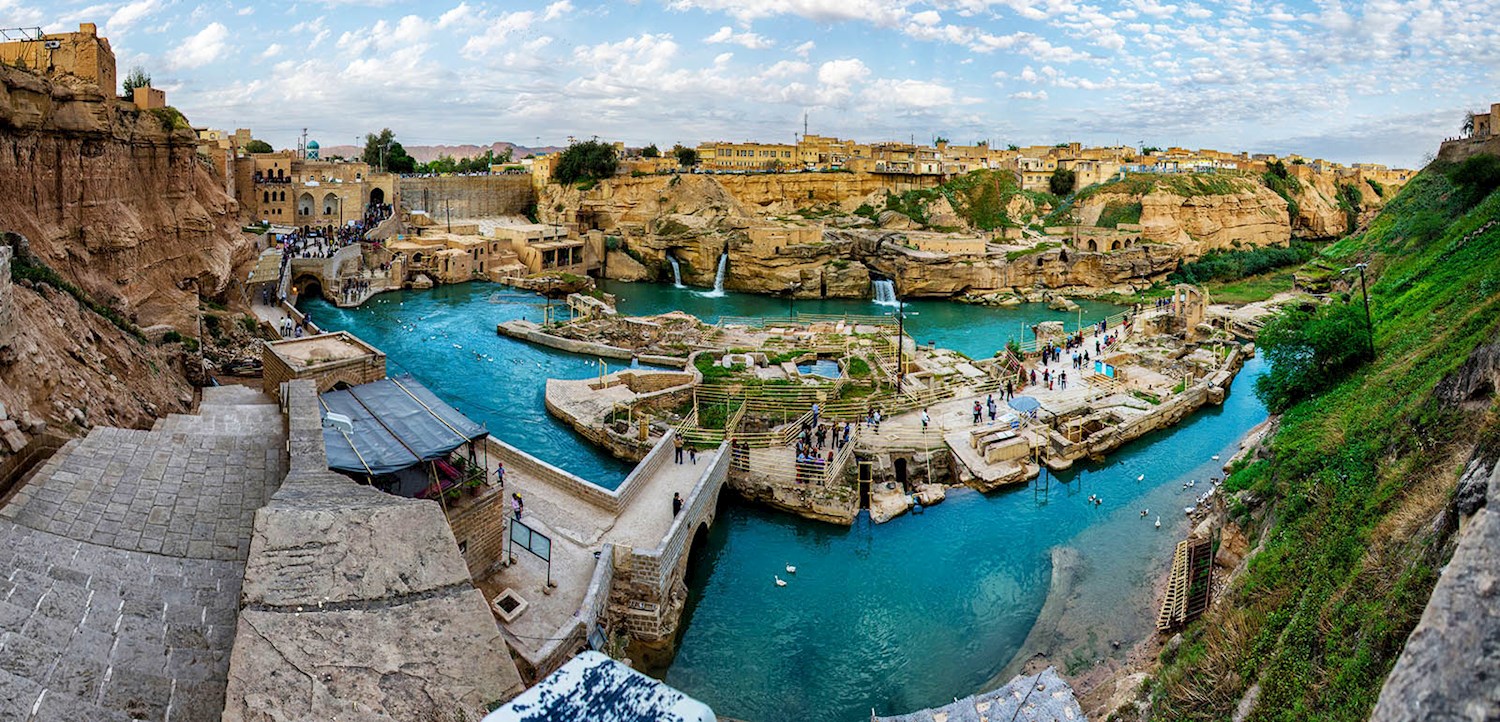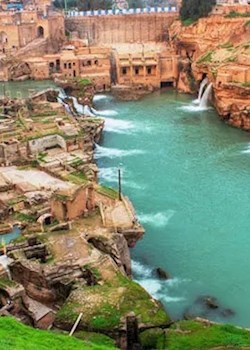Attractions
ancient shush
Shush
Shush is one of the spectacular cities of Iran, where sightseeing takes you to distant history. Imagining that you are stepping into a place where the largest and oldest civilizations in the world were formed and are more than a few thousand years old gives everyone a sense of pride and power.
If you love history or are surprised to see new places, take advantage of a trip to Shush. Lootke.com will also introduce you to its sights.
Where is Shush?
Shush is the center of the district with the same name, located in the north of Khuzestan province, and is one of the oldest cities in the world with an area of nearly 3577 square kilometers.
This city is one of the most magnificent cities of ancient Iran and has an ancient history. According to the findings of archaeologists, this city was founded nearly 4200 years before Christ.
Most of the people of this city belong to the three races of Arabs, Ler, and Dezfuli. For this reason, they speak four dialects or languages, Arabic, Lori, Dezfuli, and Farsi.
Climate; Hot and dry weather
Shush is located in a hot and dry desert region. In terms of climate, it has hot and dry summers and mild winters. The highest temperature recorded in the center of this city is more than 53 degrees Celsius in summer, and the lowest temperature is 1 degree above zero.
It is interesting to know that, unlike other cities in the southwest of Iran, the air humidity increases only 45 days a year, and the air in this city becomes cloudy. The amount of rainfall varies from 240 mm to 588 mm in different parts of this city. The rain in this city starts in November and may continue until the end of April.
Natural attractions of Shush
This city has many natural attractions, including:
Karkheh River
Karkhe River is one of the most important rivers of Iran and one of the natural attractions and sights of Khuzestan, which is considered the third longest river in Iran after Karun and Sepidroud.
This river originates from the Zagros mountains, and after passing Andimshek city, it passes by the ancient monuments of Shush and changes its course towards the west.
This river changes its course towards Iraq at a distance of 4 kilometers from the north of Ahvaz. Finally, it flows into the Horul Azim wetland located on the border of Iran and Iraq. Karkheh dam, the largest dam in Iran, is built on this river.
Karkheh National Park
This park consists of three South Karkhe National Parks, North Karkhe National Park and Karkhe Protected Area and has an area of nearly 16,000 hectares. In the 1330s, after the rare species of yellow deer were seen in its pastures, this park was first known as a wildlife park.
This area has beautiful forests like the "Nasir Castle Forest." This forest has given a special effect to this region with its fresh nature and spectacular view. The source of Shavor river can also be seen in this area.
Shavor River
Shavor River is one of Khuzestan's natural and ancient sights and attractions, located 18 kilometers northwest of this city. This river is formed by joining several springs and flows parallel to the Ahvaz-Andimshek road, between Karkheh and Dez rivers and finally flows into the Dez river.
Bamdej lagoon
Another natural attraction of this city is Bamdej Lagoon, which is located 70 kilometers away from Shush, and its area is nearly 4,000 hectares. The main water of this lagoon is supplied by Shavor river. Bamdezh wetland is one of the most necessary wetlands in Iran and Khuzestan province and one of the five wetlands. This wetland is a stopover for migratory birds from Siberia and East Africa, and 134 species of plants, such as tangerine, Borassus Flabellifer, oregano, Konar, Shirinbian, thistle, and Galeh grow on its edge.
Historical attractions
The ancient site of Shush was registered as the 18th historical monument of Iran by UNESCO in 2014. This city has many historical attractions that we will discuss below.
Apadana palace
One of the historical monuments of Shush is the Apadana Palace, built between 515 and 521 BC by the order of Darius I, the Achaemenid king, on the remains of the Elamite civilization. This palace is one of the most magnificent palaces in the world, which is made of clay, and its columns are made of stone.
Its internal walls are also covered with glazed bricks. They have designed patterns of winged lions, Immortal Guard soldiers, and lotus flowers on these tiles. This palace consists of parts such as a public hall, gate, and reception palace and has three central courtyards.
Unfortunately, like other Achaemenid palaces, the Apadana Palace was destroyed during Alexander the Great's attack on Iran. Still, years later, during the digging operation, it came out of the underground and was exposed to the public.
Chughazanbil
Another historical attraction of Shush is Cheghazanbil, which is actually the name of a shrine built during the Elamian period, i.e., in 1250 BC, by order of Ontashgal, the Elamian king.
This building is the only remaining work of the city of Duravantesh, which archaeologists pay special attention to as one of the historical monuments of Iran and the world. Some of the works discovered from this place have been exhibited in museums inside and outside. This building is registered as the first historical work of Iran on the UNESCO world list.
The historical fortress of Shush
Shush Castle, or Acropolis Castle is one of the historical attractions of this city, which the French Jacques Demorgan built on the historical hills for the residence of French archaeologists. For this reason, it is also known as the French castle. This castle was built on the city's highest point and near Daniel Nabi's tomb, and its construction plan was medieval.
They prepared the materials of this castle from the works they obtained in the excavations; That is, part of it was built with the bricks of Darius Achaemenid's palace. On some of its bricks was the cuneiform inscription of Darius' palace, which was obtained from the destruction of this building.







